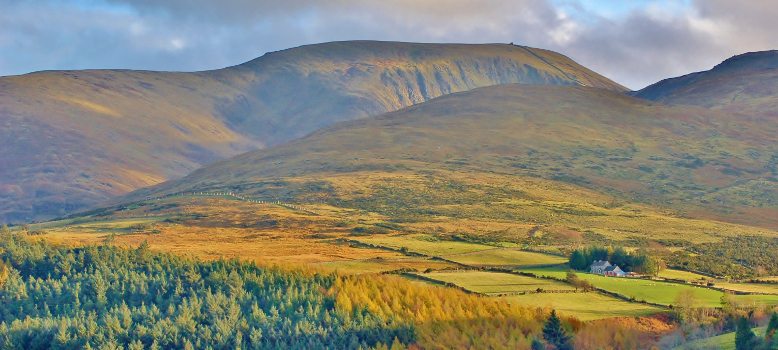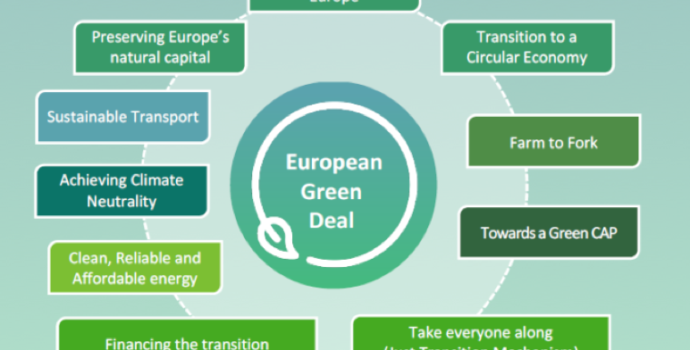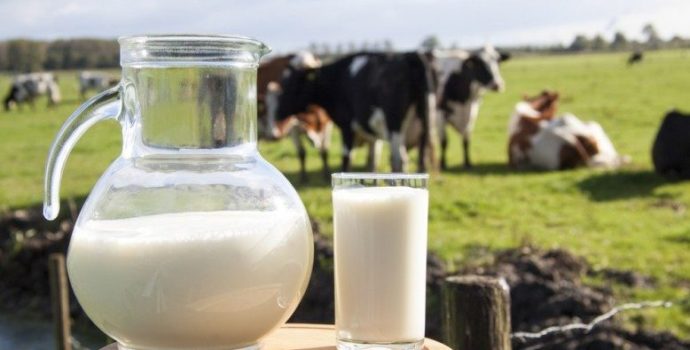Sustainability Brief – a Look at the Latest EPA Climate Figures

Climate figures 1990 – 2018
Provisional greenhouse gas (GHG) emission figures for 1990-2018 (figure 1) published by the EPA shows Ireland’s overall emissions have increased by 9.2% since 1990. Transport continues to be the main driver of Ireland’s increasing emissions, having grown by 137% since 1990.
Farming and the climate figures
Agriculture emissions increased by 1.9% in 2018 following an increase in 2017 of 2.9%. The most significant drivers for the increased emissions in 2018 are higher dairy cow numbers (+2.7%) with an increase in milk production of 4.4%. In 2018, there were also increased CO2eq emissions from synthetic fertiliser application on agricultural soils (+10.6%). Other cattle and sheep numbers decreased by 1.2% and 1.7% respectively, whereas pig and poultry numbers increased by 0.7% and 0.5% respectively. Total fossil fuel consumption in agriculture/forestry/fishing activities increased by 7.8% in 2018.
The share of CO2 in total greenhouse gas emissions has increased to 63.5% of total greenhouse gas emissions in 2018 compared to 59.3% in 1990. In contrast, methane (CH4) and nitrous oxide (N2O) emissions, primarily from the agriculture sector, have fallen from 40.6% of total greenhouse gas emissions in 1990 to 34.7% in 2018.
Changes in emissions between 2017 and 2018
Greenhouse gas emissions increased in the majority of sectors between 2017 and 2018 (table 1). Emissions associated with agriculture have increased by 1.9%.
| % Change | |
| Agriculture | 1.9% |
| Energy Industries | -11.7% |
| Transport | 1.7% |
| Residential | 7.9% |
| Manuf. Combustion | 3.9% |
| Industrial Processes | 2.0% |
| F-Gases | -10.2% |
| Commercial Services | 5.3% |
| Waste | -2.8% |
| Public Services | 8.2% |
| Total | -0.2% |
Table 1: Change in greenhouse gas emissions 2017-2018
IFA Action
IFA President Joe Healy said it’s time to end the climate blame game. “Farmers can no longer be blamed for the climate inaction of others. Lazy analysis points to the largest proportion of climate emissions coming from agriculture. There’s no science here, it simply reflects the importance of the agri-food sector to the national economy as our largest indigenous industry. Unlike other European countries, Ireland does not have large scale industrial or manufacturing sectors.”
He described the EPA’s climate report as “stark: greenhouse gas emissions continue to rise, particularly in transport, where emissions have increased by over 137% since 1990. During the same period emissions from the agri-food sector increased marginally by 1%.”
Government must continue to work with the agri-food sector and lead the co-ordinated delivery of Teagasc’s Climate Roadmap, which sets out an emissions reduction plan for the next decade, without impacting on the national herd. The implementation of this plan requires a whole of Government approach and must be led by the Department of An Taoiseach.
Joe Healy also highlighted that farmers are not getting sufficient credit for the carbon they are sequestering through hedgerows and grasslands. “This is a point of real frustration for farmers. We should be able to calculate the net emissions from farming, giving credit for the carbon farmers are taking out of the atmosphere.” He concluded by calling out the proposals by the EU to conclude a Mercosur trade deal, which would lead to increased global climate emissions, as thousands of hectares of carbon sequestering Amazonian rainforests continue to be felled.
Sustainability programmes:
Green Low Carbon Agri-Environment Scheme
Farmers’ climate actions:
Some meat and dairy facts:



